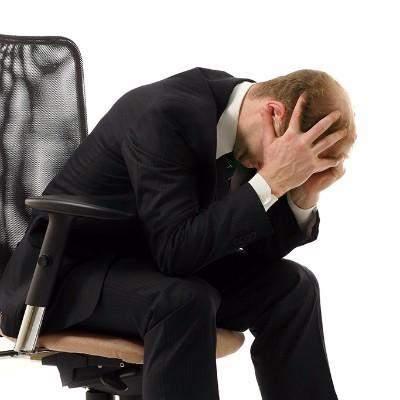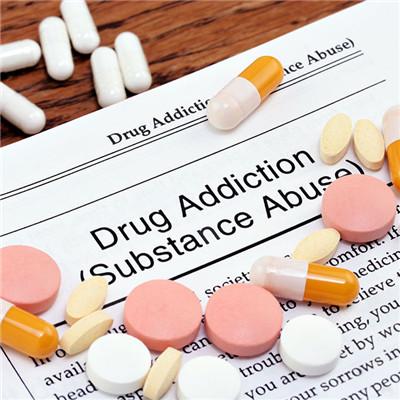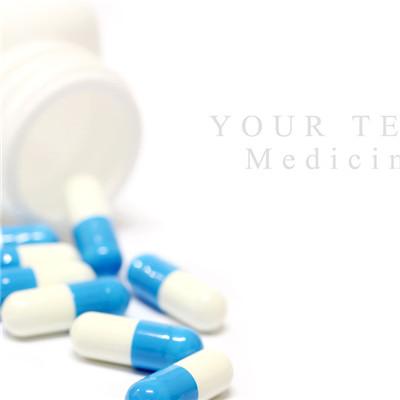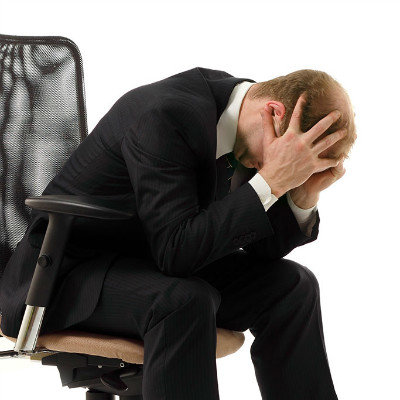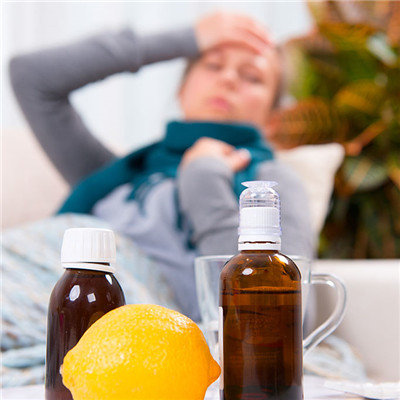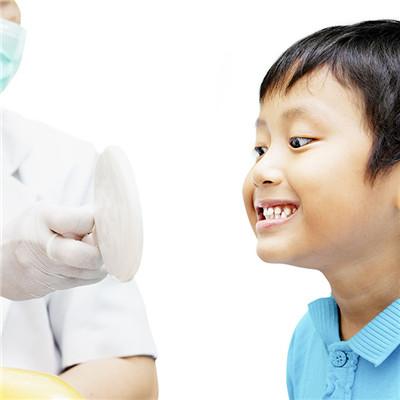What symptom does ankylosing spondylitis have?
summary
Speaking of ankylosing spondylitis, we don't know much about it. In fact, ankylosing spondylitis is a common rheumatic disease. The prevalence of ankylosing spondylitis is relatively high, in patients with this disease, many young patients have the symptoms of ankylosing spondylitis in clinical also presents a variety of characteristics, patients should be found early and treated early. What symptom does ankylosing spondylitis have? For everyone's health, let's take a look.
What symptom does ankylosing spondylitis have?
(1) Inflammatory low back pain: occult onset, patients gradually appear low back or sacroiliac pain, improve after activity, aggravated at rest, obvious pain at night, turning over difficulty, may be accompanied by morning stiffness. Some patients have dull pain in buttocks or severe pain in sacroiliac region, occasionally radiate to the periphery. Cough, sneezing and waist twisting can aggravate the symptoms.

(2) Hip pain: early hip pain is intermittent unilateral pain, or alternating bilateral pain, gradually evolving into bilateral persistent pain.
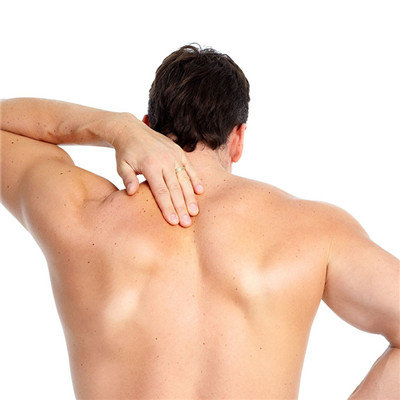
(3) Limited spinal activity: the first lumbar involvement, lumbar movement in all directions may be limited, especially refers to the increase in ground distance, or "plate waist". With the progress of the disease, the whole spine can be ankylosed from the bottom to the top. First, the curve of lumbar lordosis disappears, then the thoracic kyphosis shows a hunchback deformity, and then the cervical spine is involved, and the cervical spine movement is limited. At this time, the patient's posture changes to head forward, chest flattening, abdominal protrusion, breathing by diaphragm movement, and finally the movement of the spine in all directions is completely limited Morning stiffness is not obvious.
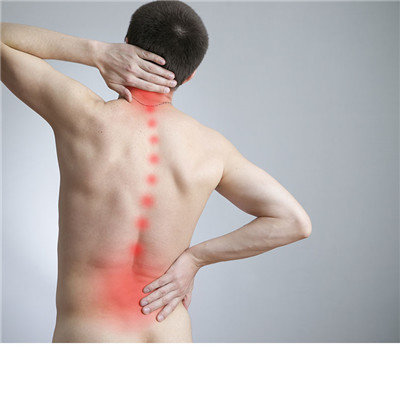
matters needing attention
① Eliminate the ideological concerns of patients: ankylosing spondylitis patients often cause ideological concerns due to unexplained low back pain, lumbar stiffness and dysfunction. Therefore, we should care about and understand the patients, give them comfort and encouragement in time, so that they can get psychological support, establish the confidence to overcome the disease, and cooperate with the treatment and nursing. ② Relieve pain and restore function. ③ Prevention of complications: such as oral non steroidal drugs and indomethacin (indomethacin), attention should be paid to observe whether there are gastrointestinal bleeding and other adverse reactions, it is best to take antacids at the same time. Pay attention to observe the efficacy and adverse reactions of antibiotics.


